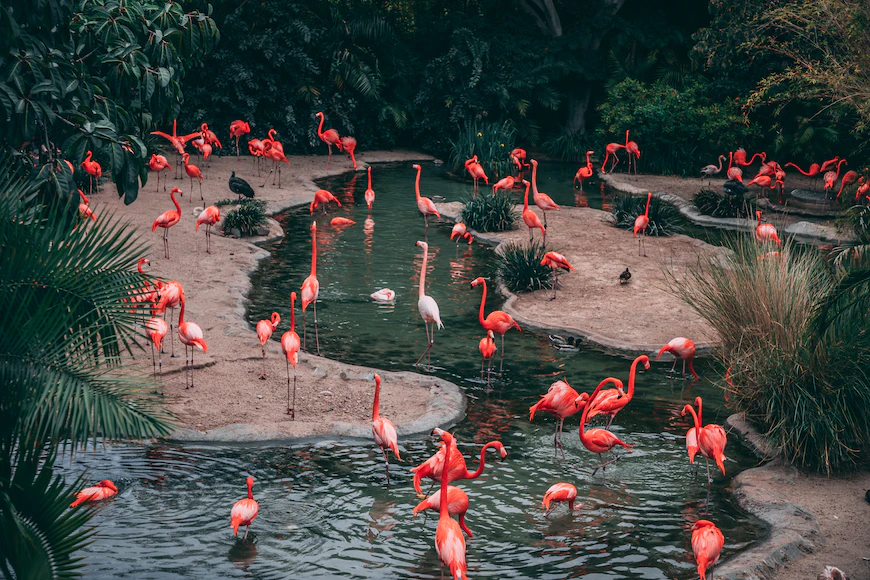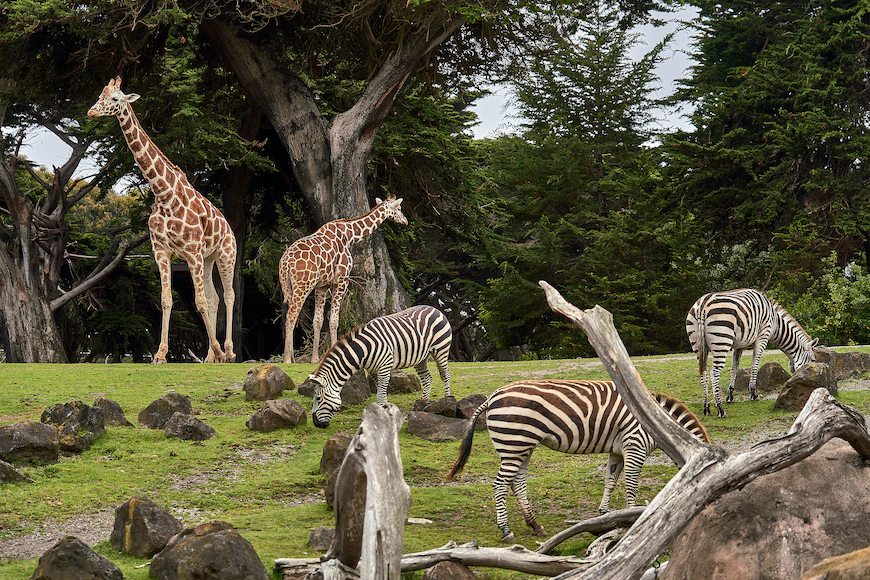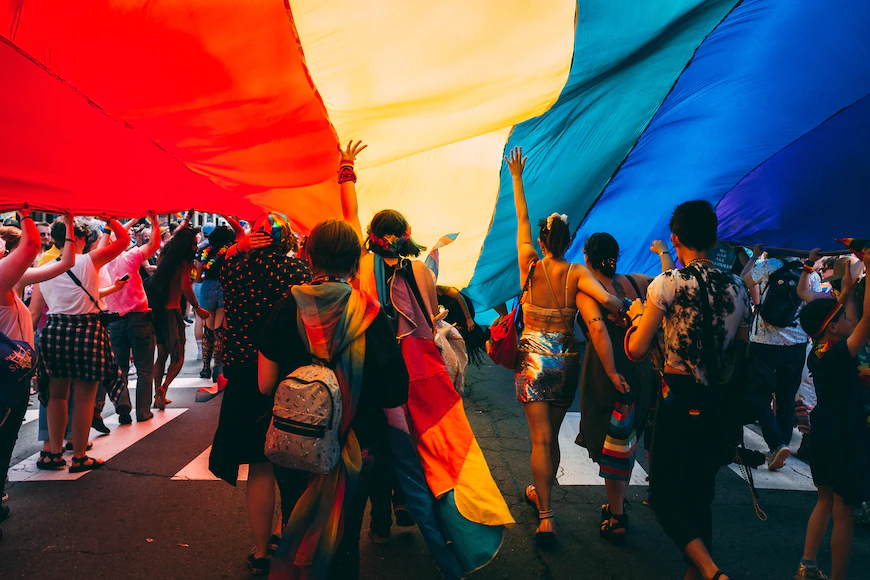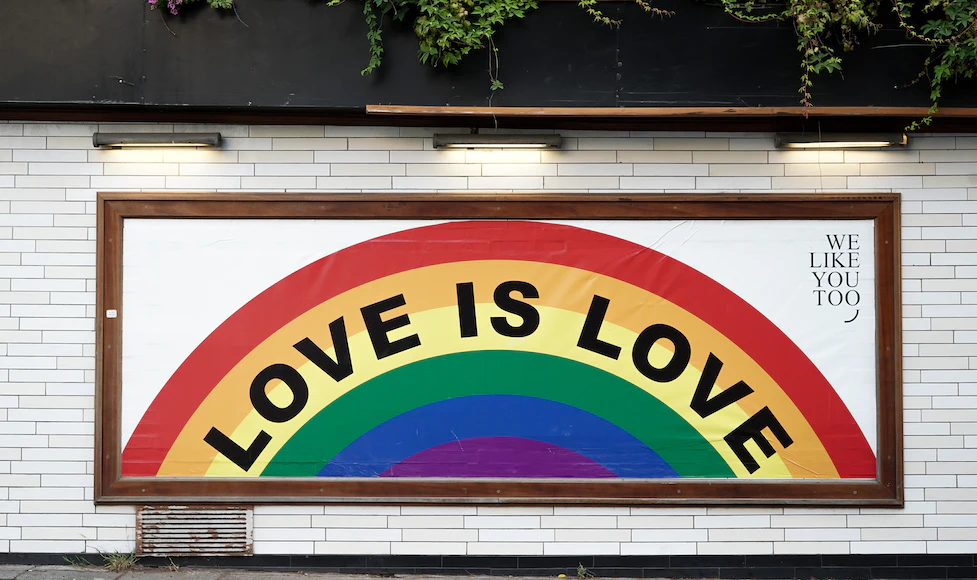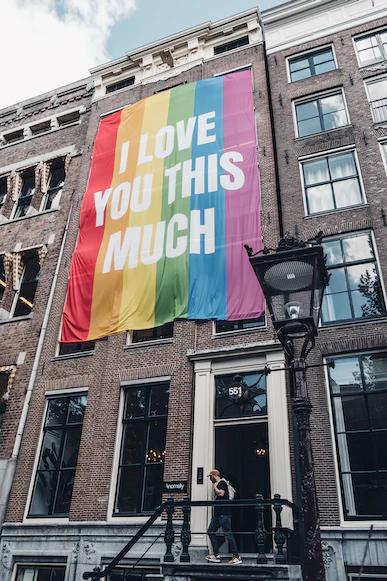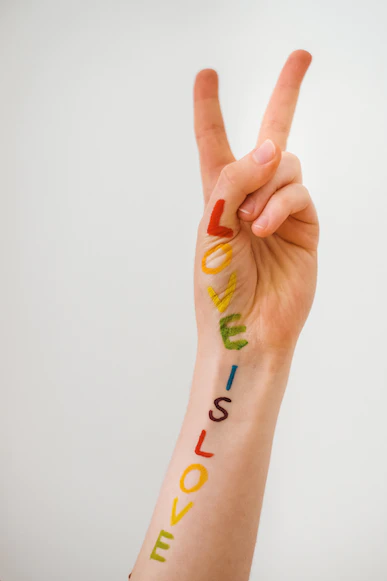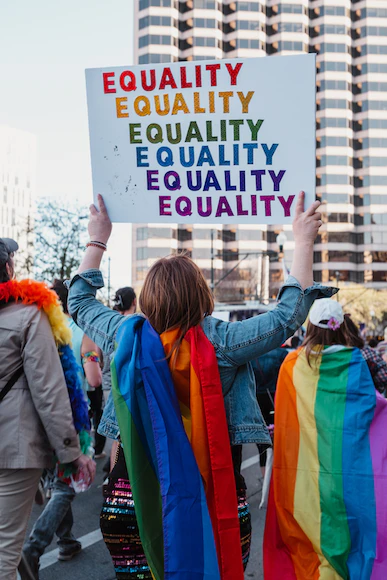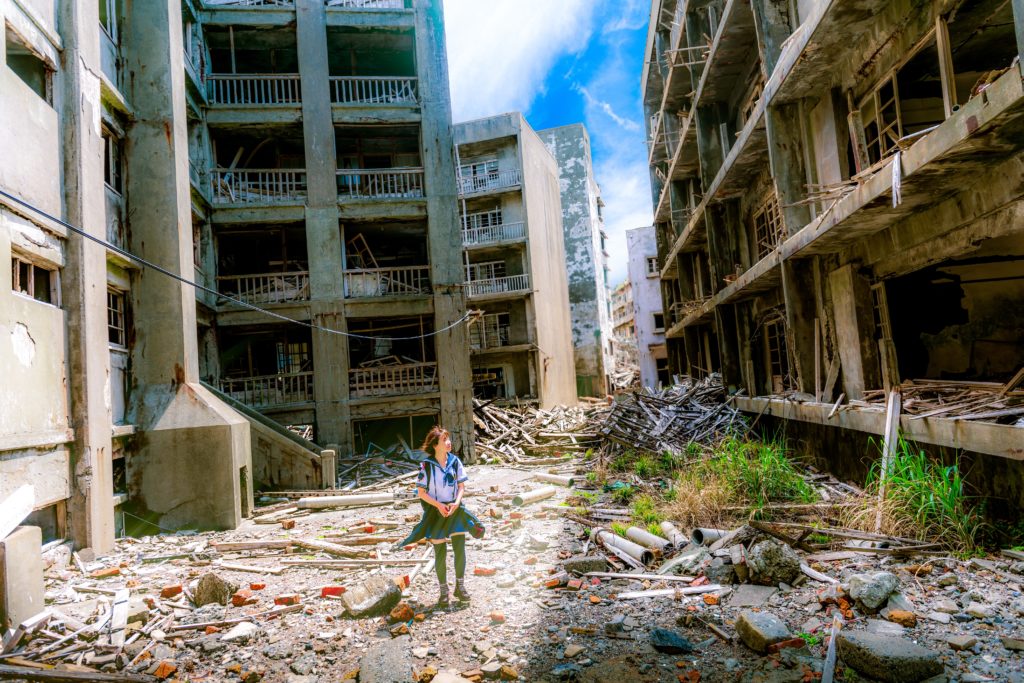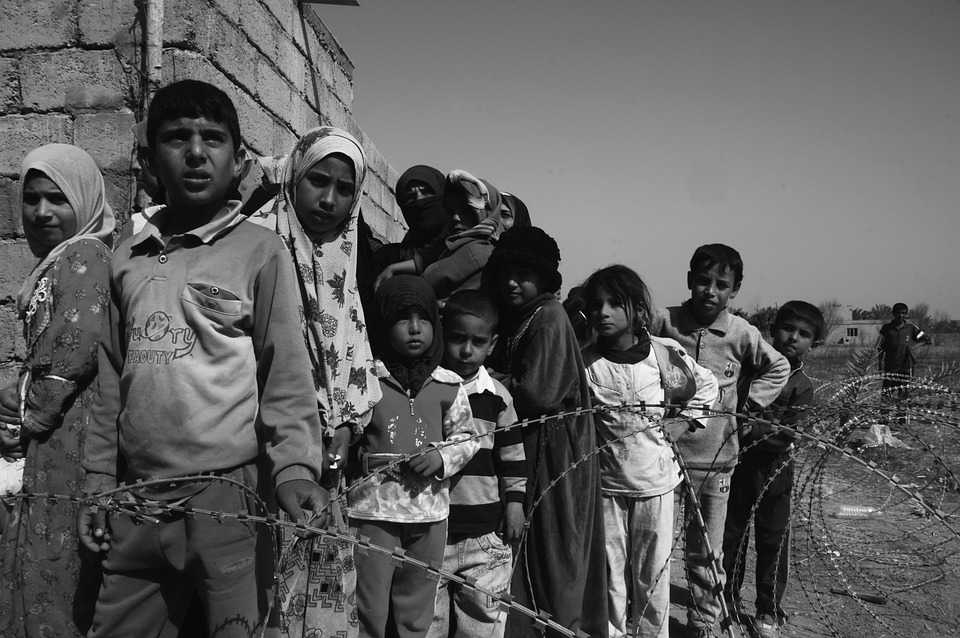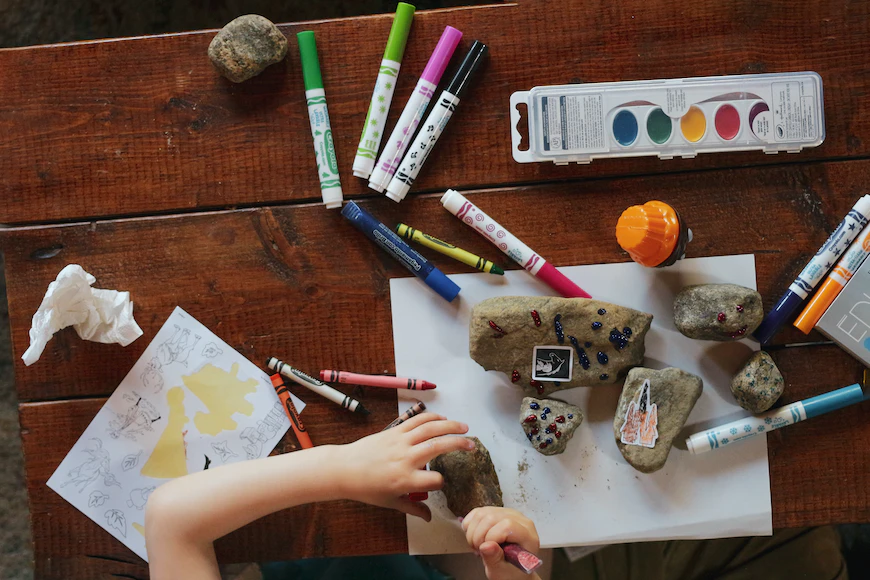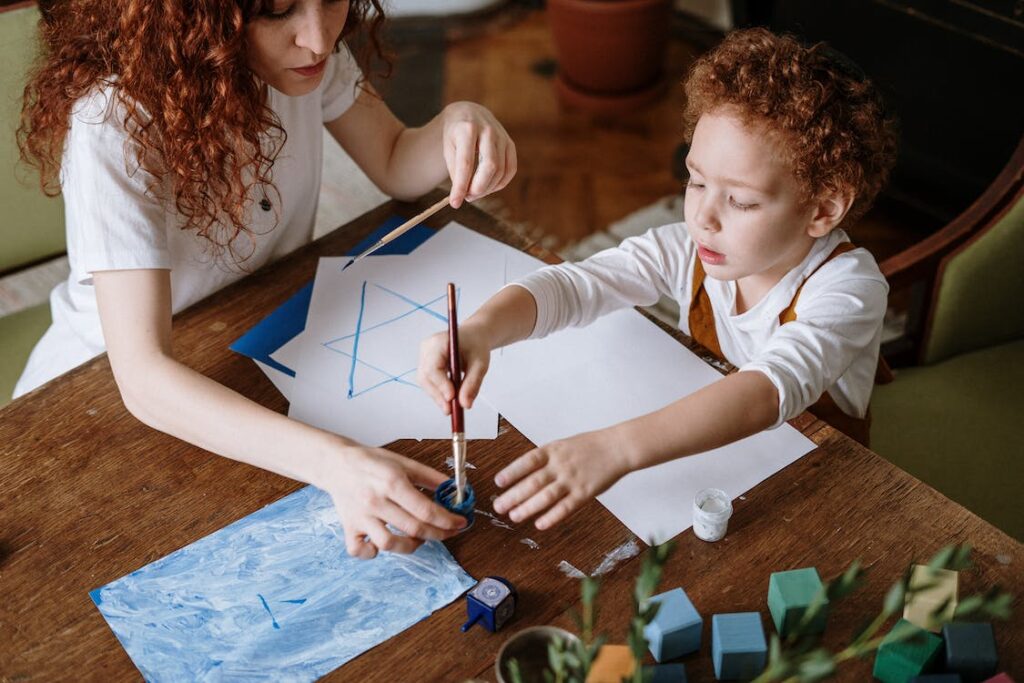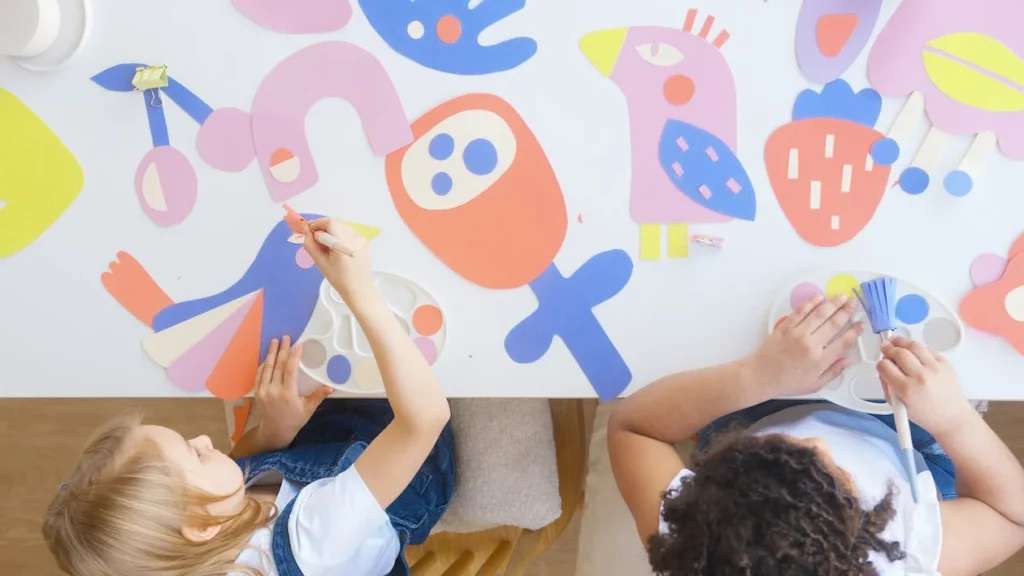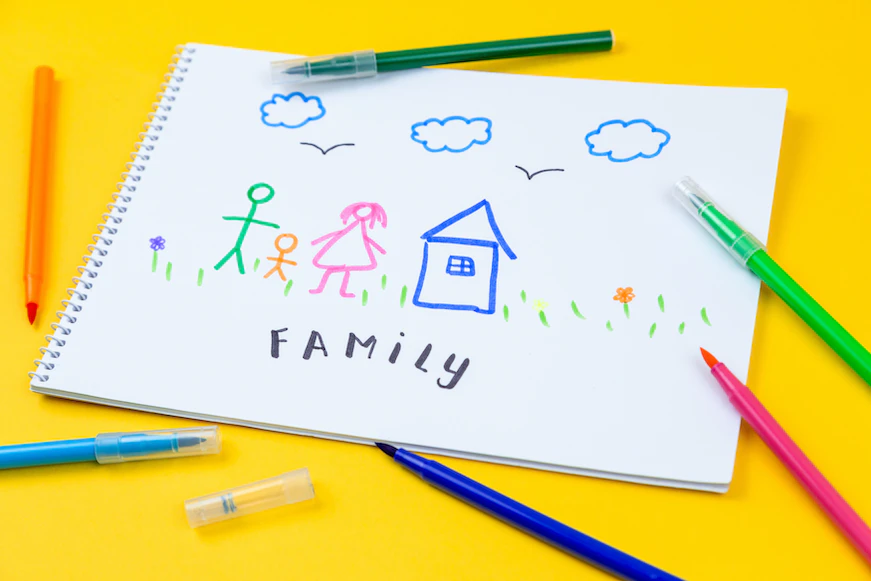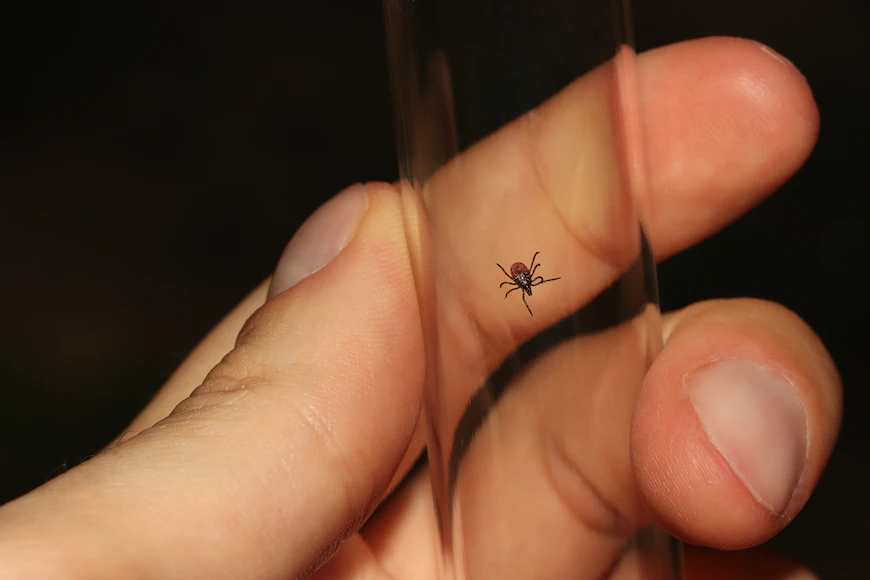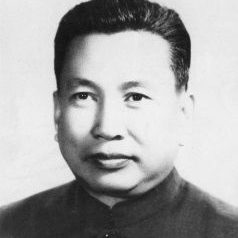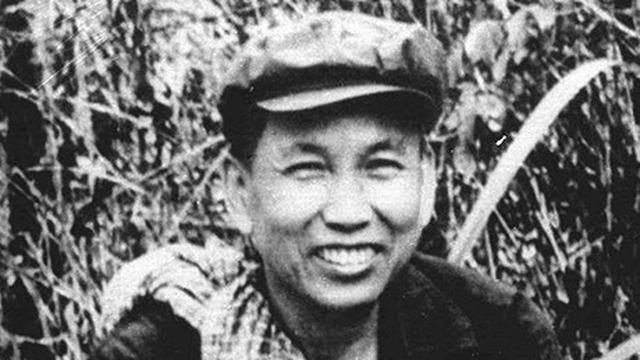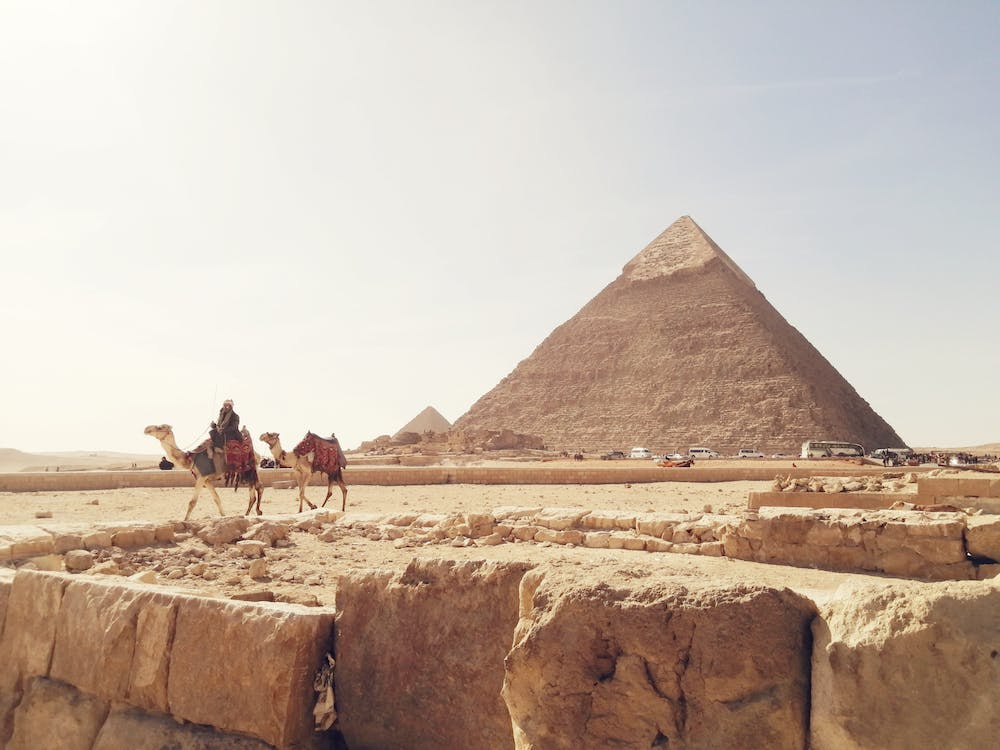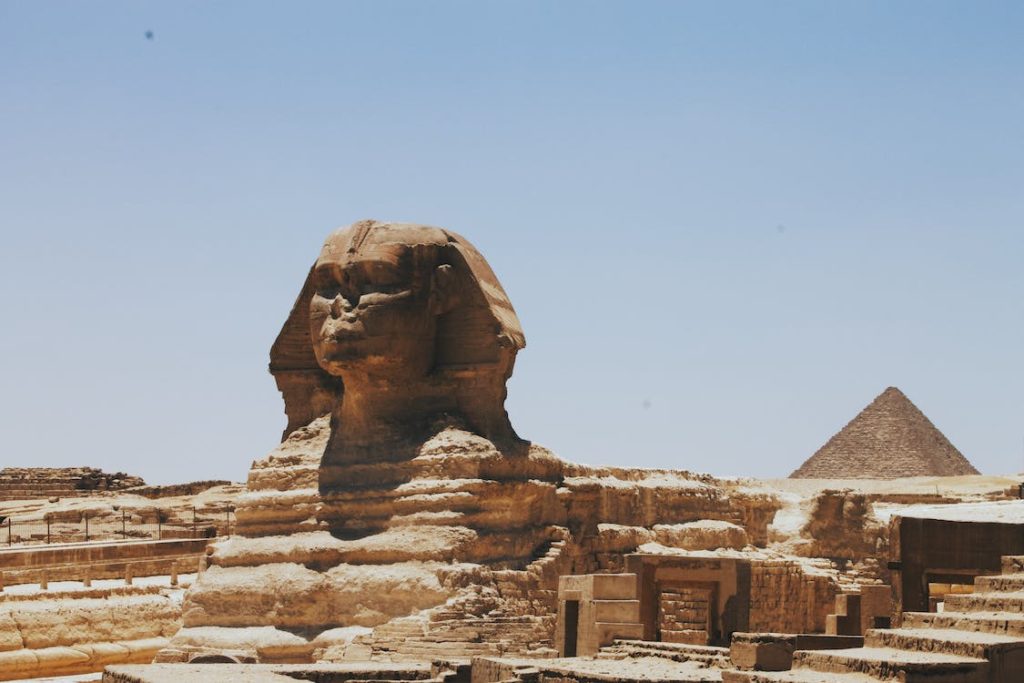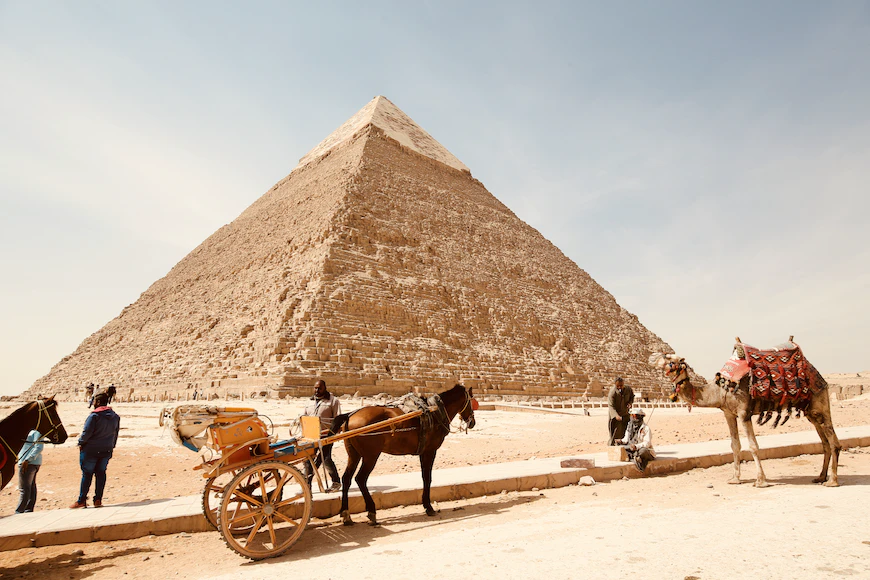"As parents, it is important for us to understand social media and how it works. We need to be aware of the dangers associated with using social media, as well as the benefits."
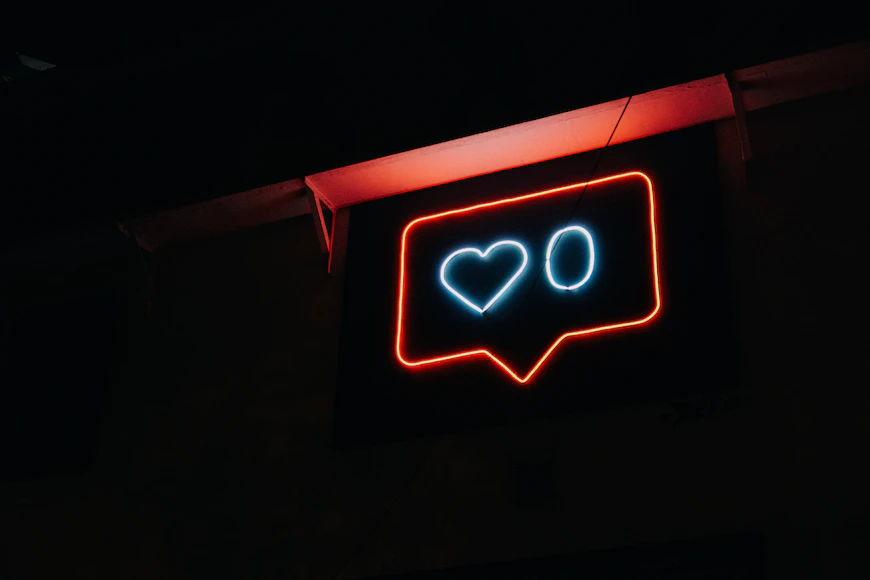
As parents, we want our kids to be smart. We want them to make good decisions, get good grades in school, and stay out of trouble. But sometimes it can be challenging to know how to support our kids to succeed. One area where parents often need help is teaching kids how to use social media safely and responsibly.
Kids today are growing up in a world where social media is an integral part of their lives. They use it to communicate with friends, share information, and stay connected. As parents, it is important for us to understand social media and how it works. We need to be aware of the dangers associated with using social media, as well as the benefits.
Thankfully, there are some things parents can do to help their kids be smart while using social media.
Introduce Kids to Social Media at a Young Age
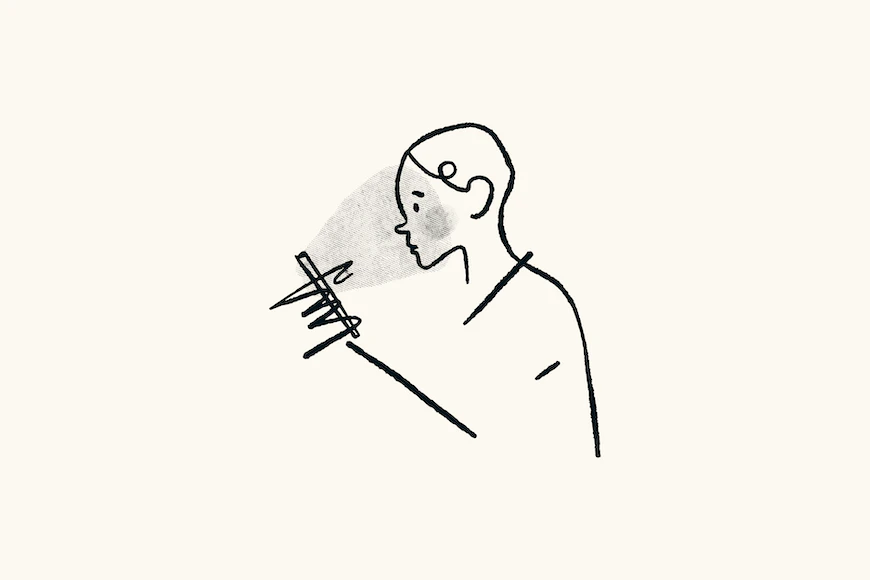
Parents should introduce kids to social media at a young age. This will help kids learn about it early on, and it will also help them be more aware of the dangers of using social media. Many parents don’t talk to their kids about the dangers of social media until it is too late.
Warn Kids About the Dangers of Social Media

Social media can be a great tool for kids, but if they are not properly informed of its dangers, it can also be a source of risk. Parents need to be aware of the dangers that come with using social media, such as cyberbullying, sexting, online predators, exposure to inappropriate content, and data privacy issues. Parents should take the time to explain these issues and emphasize why kids need to be careful when using social media.
In addition, kids need to be aware of the potential for online scams and fraud. They should never click on links from unknown sources, and not purchase anything online without parental permission.
Set Expectations and Boundaries
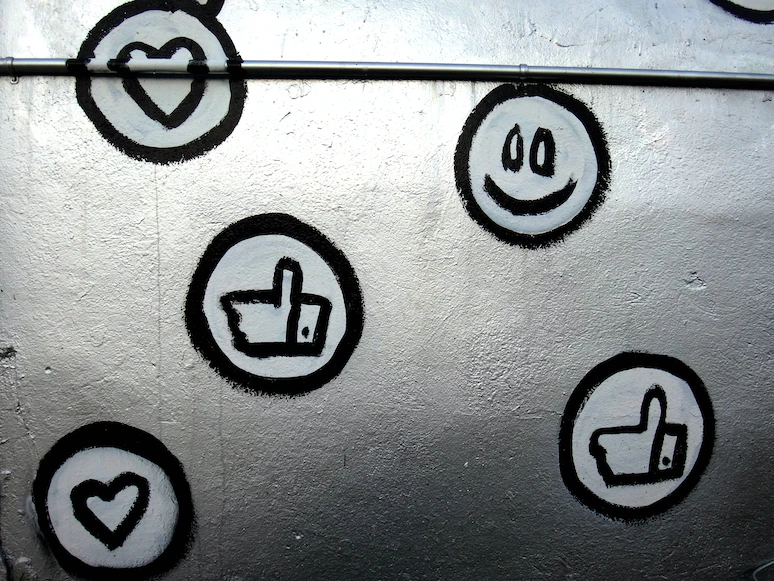
Parents should set clear expectations and boundaries for kids when it comes to social media. They should talk about the consequences of inappropriate behavior and explain why posting certain types of content is dangerous. Kids should be made aware that there are limits to what they can post, and that once something is online, it can be hard to take back.
The conversation between kids and parents should also include a discussion about respect, both on social media and in real life. Kids should know that it is not okay to say hurtful things about someone else through bullying or gossip.
In turn, parents agree to respect their kids’ privacy while making an effort to be part of the conversation and have them share their social media experiences.
Show Kids How to Use Privacy Settings Correctly

Parents should also ensure that kids are using their privacy settings correctly. Many social media sites have options to keep certain information private and kids need to be aware of these settings. Parents should remind kids that not everything needs to be shared online and they should take the time to explain why it is important to keep some things private.
Encourage Kids to Think Before They Post

Kids need to understand that anything they post online can be seen by others. Parents should make sure kids know not to post anything they would not want their parents or teachers to see. Kids need to be aware of the fact that what they post now can have serious consequences in the future.
It is important for kids to understand that they should think carefully before they post anything online. Parents should remind kids that if something seems too good to be true, it probably is, and they should never share personal information with strangers. They should also know that it is okay to block or ignore people who are harassing them online.
Set Rules for Using Technology and Enforce Them
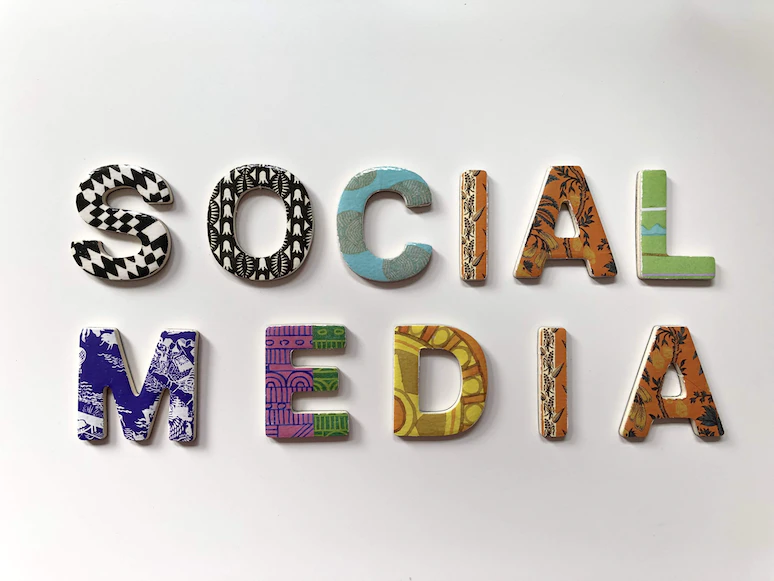
Parents should also set clear boundaries and expectations when it comes to kids using technology, including social media. Doing so will help kids understand the limits that are in place and why they are important. Parents should talk with kids about how much time is appropriate for them to spend on social media and make sure kids stick to these rules.
It is also important for kids to understand the consequences of breaking these rules. Parents should make sure kids know that there will be repercussions if they don’t follow the guidelines set by their parents, such as having their devices taken away or other disciplinary measures.
By setting clear expectations and enforcing them, kids can learn how to use social media responsibly and understand the consequences of their actions. It will also help kids stay safe when using social media, as well as instill a sense of responsibility in kids.
Why Is It Important for Parents?

It can be difficult to talk to kids about social media and the dangers that come with it, but it is important to step in to keep them safe. Parents should take the time to discuss the risks associated with social media and they should also explain the importance of using it responsibly. By having these important conversations early on, parents can help kids to make smart choices online and ultimately keep them safe from potential harm. It is not always easy, but it is worth it in the end.

